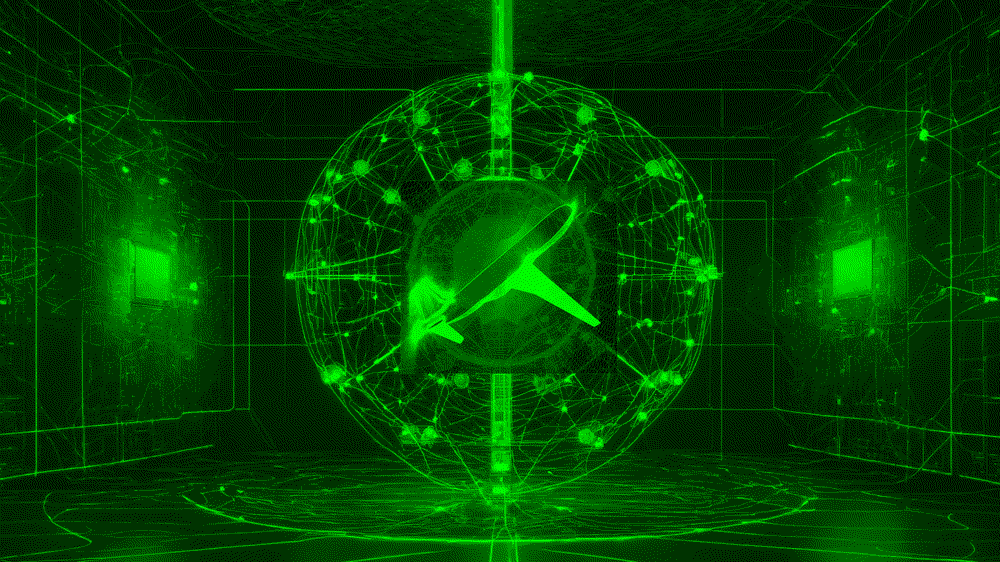ToQuaFlics

DLR. All rights reserved.
A central component of the digitalisation of aviation at DLR is the virtual product. It aims to comprehensively simulate and design aircraft on the computer. The topic covers almost all aspects of an aircraft's life cycle. The implementation of the concept enables a significant reduction in costs and an efficient design of new aircraft or aircraft configurations, as well as the integration of new propulsion concepts accompanied by a reduction in noise. These are necessary steps in the development of new aircraft in order to meet social requirements and ambitious climate targets.
In order to be able to assess the characteristics of a new aircraft as early as possible in the development process, a large number of computer simulations are required, which can hardly be carried out even on today's high-performance computers. The simulations of the various flight conditions are based on solving complex mathematical equations that describe the interaction between the surrounding air and the aircraft. Traditionally, these equations are approximated numerically in an approximate form and solved on increasingly finely subdivided computational grids. A simulation becomes more expensive the more finely the flow area is subdivided.
The aim of the "Towards Quantum Fluid Dynamics" project led by the DLR Institute of Aerodynamics and Flow Technology is therefore to investigate whether and how the potential of quantum computers can be used to further develop digitalisation in aviation at DLR in order to make the way aircraft are designed, built and operated in the future more efficient than today. As part of the project, it is planned to investigate to what extent and with which methods various transport equations (e.g. Euler and Navier-Stokes equations or Lattice-Boltzmann methods) can be solved on quantum computers in the future. Different hardware architectures for quantum computers are being investigated in conjunction with various algorithmic approaches. Quantum simulators are used to assess the various overall concepts or - if a realistic option exists - a quantum computer is also used.
The work of the DLR Institute of Aerodynamics and Flow Technology focuses on machine learning methods and quantum-inspired algorithms for solving partial differential equations in the field of fluid physics.
The project is part of the DLR Quantum Computing Initiative (DLR QCI).
Project | ToQuaFlics - Towards Quantum Fluid Dynamics |
|---|---|
Term | 1/2024 - 12/2026 |
Partners |
|
